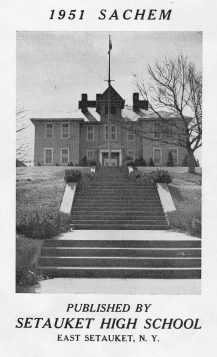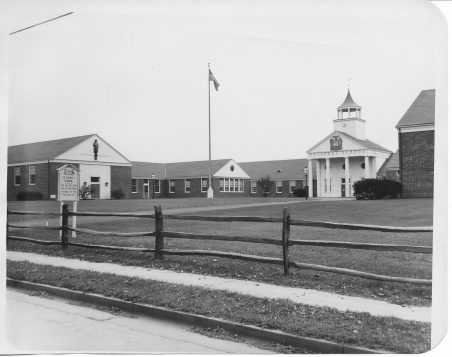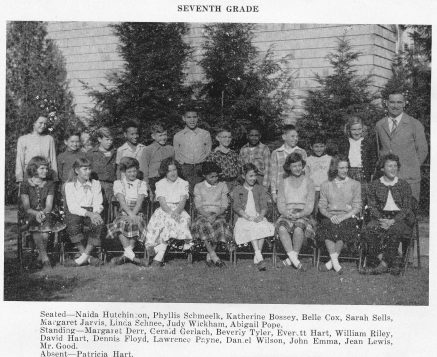By Peter Sloniewsky
Six Harbors Brewing Company, located at 243 New York Ave. in Huntington, held a special label release event on Friday, Aug. 16, to raise money for the restoration of the Van Wyck-Lefferts Tide Mill in Lloyd Harbor.
Built in the late 1790s and owned by a few different people, the mill completely passed in ownership to the Lefferts family by 1850. However, around that time, the mill was forced to reduce its output because of the dramatic changes taking place as a result of the Industrial Revolution on Long Island. The mill was shut down by 1893 because it couldn’t compete with steam roller mills and due to the shift in Long Island agriculture from grain to vegetables. It is described on its website as “a remarkable testament to the craftsmanship and endurance of its past owners and present-day benefactors.”
While the mill is maintained by the nonprofit Van Wyck-Lefferts Tide Mill Sanctuary dedicated to its survival, it has been in need of donations for a myriad of repairs for several years. The mill, located at 255 Southdown Road in Lloyd Harbor, is situated on a dam protecting a waterfowl sanctuary, which also requires repair. Additionally, the nonprofit is dedicated to raising funds for repairs to the foundation, structure, mechanism and roof of the mill. Lastly, the organization hopes to shore up the bulkhead that protects the mill’s stone foundation.
In an interview with Mark Heuwetter, president of the Six Harbors Brewing Company, he made it clear that part of Six Harbors business model is community outreach. Six Harbors has embarked on a number of local beer can releases for a variety of causes in the past.
Heuwetter said that the mill “is a historical site … [Six Harbors] just wanted to make sure that the project wouldn’t fall into disrepair so that we could preserve the history of the community.” He went on to depict the mill as broadly symbolic of Long Island industry and the history of Huntington as a town.
The design of the special can was sourced from a local competition advertised via Instagram, by the mill’s nonprofit, through the Town of Huntington’s website and the Huntington Chamber of Commerce. Heuwetter received around 30 entries, and the finalist was eventually printed as the can’s design.
Heuwetter recognized the event as largely successful, describing it as “well received” with a “couple hundred” attendees. Between attendance revenue, sponsor donations and the portion of proceeds that go directly to the mill, he was confident that the brewery’s event had raised a meaningful amount of money to preserve the mill.
In addition to this event, Six Harbors is no stranger to charity work. In the near future, Heuwetter is planning a number of local can releases. First, the Huntington Young Professionals, an organization looking to recognize upstanding young individuals from the town, is scheduled for another release. Additionally, Six Harbors plans to collaborate with both the Ancient Order of Hibernians and the 1653 Foundation, which “restores, manages, and enhances the parklands and public spaces of the Town of Huntington.”
Overall, Heuwetter is more than grateful for the support that Six Harbors receives from the Huntington community, describing it as “tight knit” and as willing to support worthy causes. He made clear that the tide mill project could not have been possible without the support of the entire community.
“I would say that it takes a village — it’s not one person that can make everything happen, it takes everybody to make things happen,” he said.



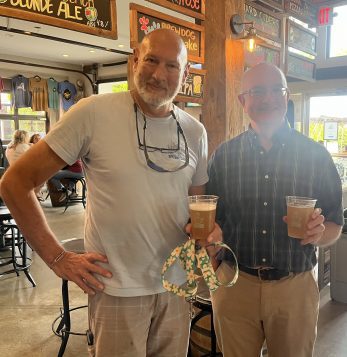

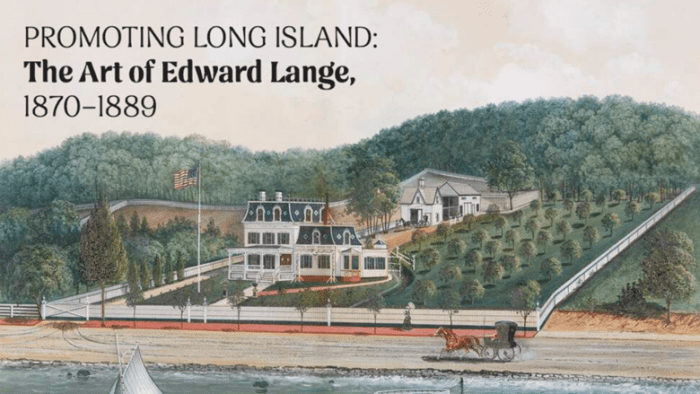

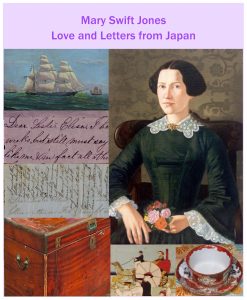
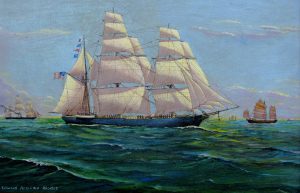
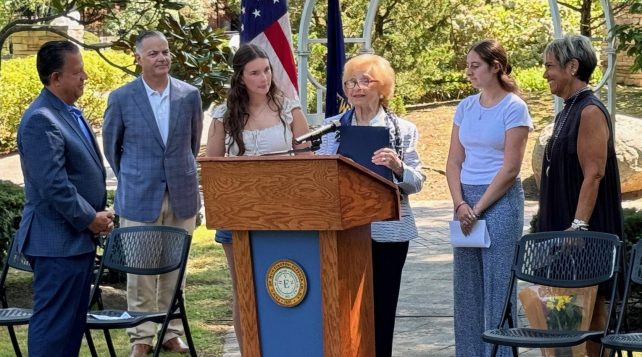

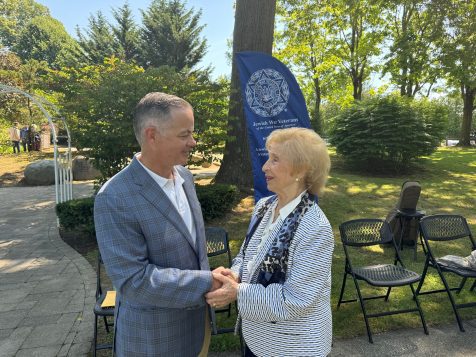
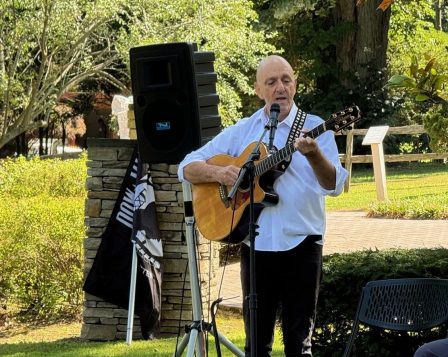
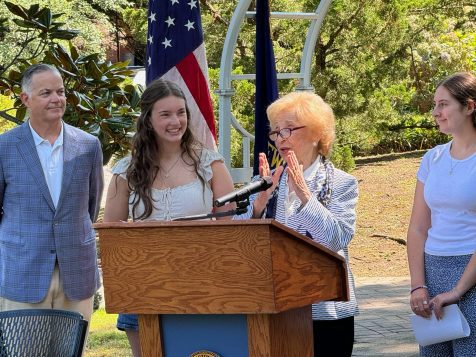
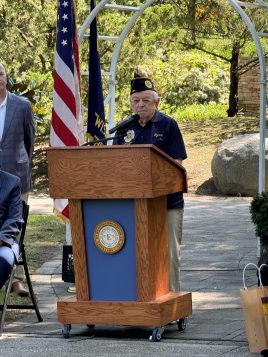
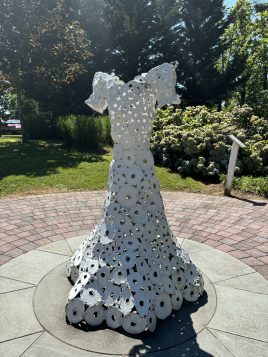




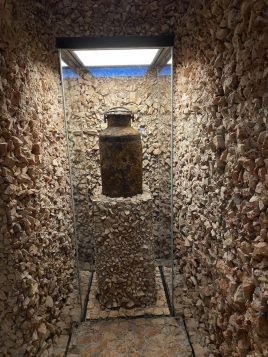


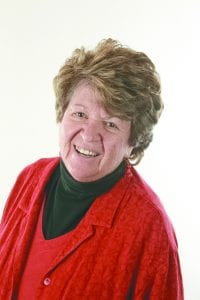
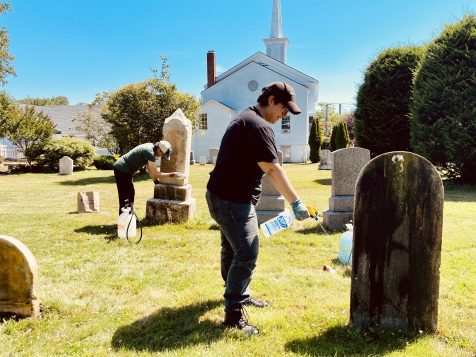
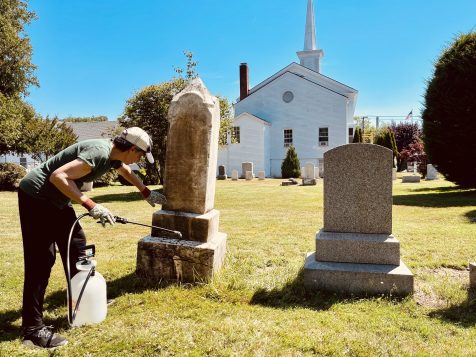
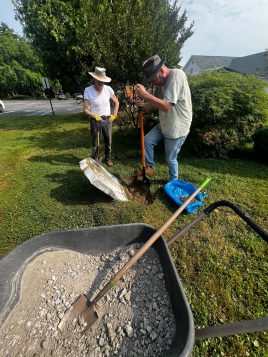
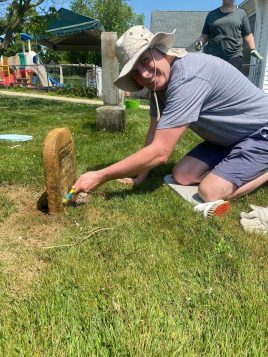


 • Every July 4, descendants of the signers of the Declaration of Independence tap the Liberty Bell 13 times in honor of the original 13 colonies.
• Every July 4, descendants of the signers of the Declaration of Independence tap the Liberty Bell 13 times in honor of the original 13 colonies.
